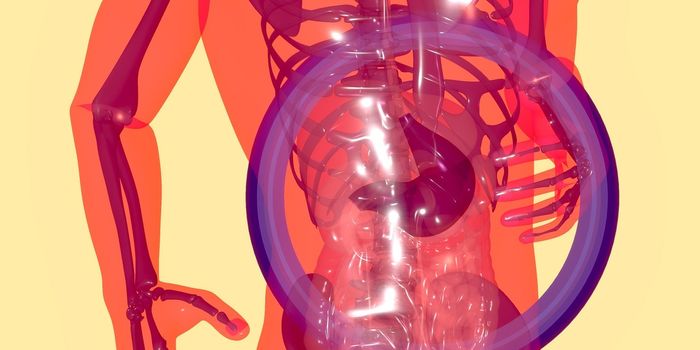Testing the Toxicity of CDK Inhibitors and Radiotherapy
Drug targets often focus on one thing, inhibiting or activating some critical function in a cell. Cancer drugs are no different, usually targeting things like cell termination, immune cell activation, or the cell cycle.
Cyclin-dependent kinases (CDK) are key players in many cellular processes, most notably the cell cycle. Inhibitors of certain cyclin-dependent kinases (CDK4 and 6, for example) are known to arrest the cell cycle, resulting in the cell’s termination in most cases. Some of these inhibitors have even been approved for the treatment of cancer, and are currently in use to treat breast cancer.
However, a team from Brescia University in Italy saw some missing information on these CDK based therapies. They found that there was no data on the toxicity of CDK inhibitors alongside radiotherapy. Radiation therapy is still a common anti-cancer treatment, so they sought to examine if the combination of CDK inhibitor chemotherapy alongside radiotherapy produced any abnormal toxicity.
They gathered breast cancer patient data from 18 patients at the university’s treatment center. Each patient in this group used either palbociclib, ribociclib, or abemciclib, with varying secondary factors. This retrospective intended to analyze the effectiveness of the treatment and the toxicity each patient faced during the treatment’s application.
Overall, 17 of the 18 patients had achieved local control of the malignancy after radiotherapy and CDK inhibitor treatment. The toxicity was in line with what was expected from the CDK inhibitors, with one patient experiencing possible radio-sensitivity after palbociclib treatment. All patients experienced reduced pain, with 16 saying they had no pain after the full treatment.
This study showed that the radiotherapy alongside the three CDK inhibitors palbociclib, ribociclib, or abemciclib, did not have any abnormal toxicity. Two patients experienced high-grade adverse events, but they were resolved and kept on the therapy. Otherwise, the results from the patients in the study were quite positive.
The team notes that the data from this study is likely limited from its fairly small population size. 18 patients is relatively large compared to similar studies but is still small for most statistical analysis.
The study concludes, “Although the results of this study should be interpreted with caution, given the limited cohort, promising outcomes were reported both in terms of pain relief and local control of disease.
Sources: Nature Scientific Reports, ImedexCME









